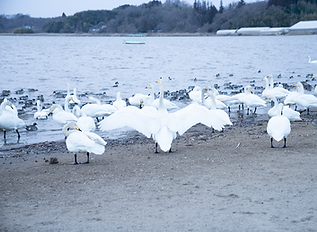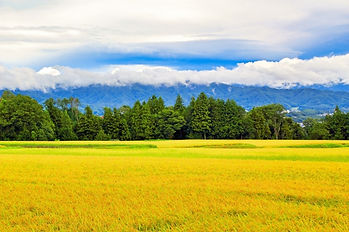

Sendai Craft Wagyu
Kawaguchi Farm
Kawaguchi Farm
THE CHAMPION FARM OF THE MOST STRICT GRADING WAGYU BEEF NATION WIDE.
Sendai Beef is a representative Wagyu brand in Japan that won first prize at the national Wagyu fair three times.
The history of Sendai Beef began when the improvement of cattle was launched at the Miyagi Prefectural Livestock Experimental Station in 1931 to improve meat quality.
Then, in 1974, the highest quality beef was successfully created by introducing an excellent stud bull named Shigeshigenami-go. Since then, crossbreeding and fattening methods have been examined for many years to establish a foundation for the Sendai Beef of today.

Shigeshigenami-go [茂重波号]



Approximately 15,000 heads of cattle for meat are shipped from Miyagi Prefecture. Of those, only about 30% are shipped with the name of Sendai Beef. Only beef that is ranked the finest by satisfying strict criteria on the balance between marbled and red meat, fine texture and other factors can use the brand name of Sendai Beef.
Miyagi is a leading rice producing area in Japan. Sendai Beef comes from cattle that eat plenty of straw from Sasanishiki, Hitomebore and other leading rice varieties of Miyagi that are grown in pristine water. The taste of Sendai Beef is created by absorbing the blessings of abundant nature in the prefecture.
Kawaguchi farm is located next to Lake Izunuma, which is a sanctuary for wild birds and the second site in Japan after Lake Utonai in Hokkaido, to be designated under the Ramsar Convention. The farm specialize in the superior Yasufukuhisa bloodline fattening with special compound of grains and additional Miyakoganemochi rice flour made by the own farm.
They feed cattle without relying on machines but by manually loosening fodder for each head, so that they can carefully raise them by controlling the amount and changing the content of fodder one by one.
For the first 5 months, they feed much fermented fertilizer and pasture grass to build up large bellies, and then blend in rice straws, beer lees, and chaff afterwards, adjusting to an appropriate balance. From 8 months before shipping, they grind and mix into the feed a kind of glutinous rice called "Miyakogane-mochi"; which they plant yearly together with local farmers. As a result, they can make beef with a special quality of oiliness which is not greasy but has smooth sweetness.
They clean cow beds everyday, carefully loosen hardened soils and reuse litter materials like the abundant rice straws not only for fodder but to make cow beds fluffier. Moreover, disinfectant fog machines are introduced to sanitize unreachable ceilings and narrow spaces.
Since the area is a major producer of rice, they have achieved collaboration of cultivation and cattle production by circulating manure and rice straws. Thus, they are making every effort to realize sustainable agriculture.
Although Sendai Wagyu is well known for adopting the most severe grading standard of all famous Wagyu in Japan, the harmony of the beautiful marbling and meat quality of Sendai Craft Wagyu bred by the award-winning Kawaguchi Farm, has reached the realm of art.
*The Ramsar Convention on Wetlands of International Importance especially as Waterfowl Habitat is an international treaty for the conservation and sustainable use of wetlands.

Lake Izunuma@Tome

Sustainable farming. Manure used for fertilizer, the excess straws used for feeds.

Miyakoganemochi Rice Field
